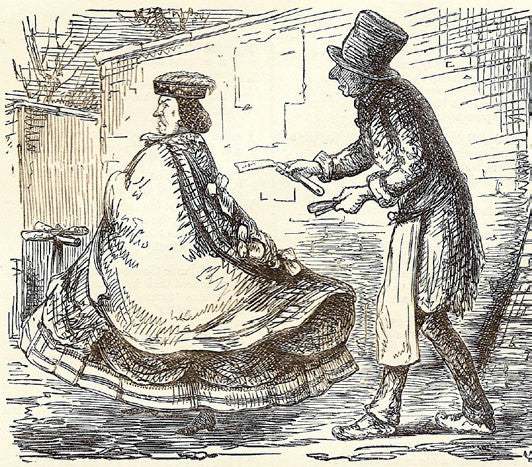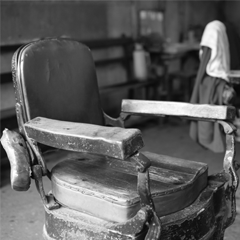
The life and times of the costermongers: the original Eastenders!
£14.95
There is a wealth of material to draw on for this project and if it becomes part of your staple diet of projects at either KS3 or KS4, you will find that you will always be able to re-draft it, for example with a different case history or set of visual stimuli. That is one of the advantages of this project – it can be continually renewed and adapted to new variations on standard drama techniques such as freeze frames or six-picture storyboards.
The main source for the material is Henry Mayhew’s London Labour and the London Poor, a series of letters which he wrote for the Morning Chronicle in 1849–50. At the same time Dickens was writing prolifically for his own magazine Household Words, and this also provides much material for this project, especially articles such as A Visit to Newgate. The Mayhew is richly illustrated and, among the resources provided here, I have included a booklet with some of these illustrations as visual stimuli. Teachers may also wish to use some of John Thomson’s black and white photographs from Street Life in London, even though these were published later in 1887. They constitute a very accurate picture of not just street life but all the occupations that the costers had, to try and make ends meet!
At GCSE students will be required to respond to a variety of stimuli such as poems, newspaper articles, photos, soundtracks, etc. and to develop pieces of work from these using a variety of drama techniques as well as a range of theatrical elements. This project is also a very solid foundation for students who decide to go on to either the AQA or Edexcel GCSE Drama courses.
Learning objectives:
- how to build on their previous knowledge and understanding of a range of basic drama techniques such as freeze frames, monologues, storyboards and thought-tracking
- how to sequence an extended piece of drama involving a variety of sequences performed in different styles
- how to become more aware of an ensemble approach when devising and performing sequences either in small groups or as a whole group
No of lessons: 6



